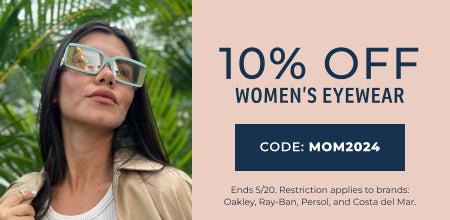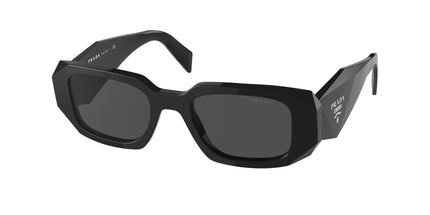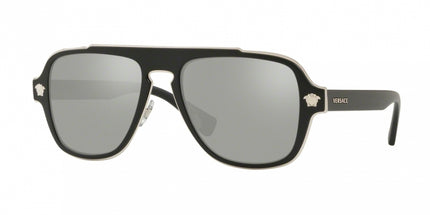Myopia vs. Hyperopia

A healthy vision is a blessing. Ask people who suffer from common and some very uncommon eye conditions. Two common eye conditions are myopia (nearsightedness) and hyperopia (farsightedness).
These refractive errors created by eye abnormalities prevent the light from focusing on the retina properly. It is the retina’s job to focus on light with its light-sensitive cells at the back of the eye and then send the signals to the brain to visualize what you see.
Additionally, these conditions require contact lenses or prescription glasses to help you see clearly. Here’s everything you need to know about myopia and hyperopia:
Myopia vs. Hyperopia: Nearsightedness vs. Farsightedness
To produce vision, these three eye components work together:
- The retina - a thin, light-sensitive layer of tissue behind the eye
- The cornea - the outer protective layer of the eye
- The lens - curved, clear structure present at the front of the eye
People with myopia and hyperopia suffer from blurry or incomplete images because the focal point does not land on the retina properly. Hyperopia and myopia can occur because of the following:
- Too long or too short eyeball length
- Aging of the lens (lens getting thicker)
- Too flat or too curved cornea shape
In myopia, the point of focus occurs in front of the retina. Whereas in hyperopia, the point of focus occurs behind the retina. Farsightedness and nearsightedness can be confusing for many as these could lead to false definitions of these eye conditions.
Here’s how you can understand them:
Myopia
Myopia happens when the focus point falls in front of the retina, making objects nearer to the eyes clearer, while the objects far away appear blurry. People reporting this eye condition usually have an elongated eyeball, which makes it difficult for the focal point to reach the retina.
This eye condition is so common that millions of people are affected every year. Myopia is of two types:
- Low myopia
- High myopia
Low myopia is less than three diopters, whereas high myopia is greater than six diopters. High myopia is a serious condition that can cause retinal detachment. Children between the ages of 8 and 12 are more likely to develop myopia, which worsens vision in the early 20s.
There isn’t a specific reason why some individuals are more at risk of developing myopia. However, genetics and environmental factors play a major role. According to the American Academy of Ophthalmology, almost half the world’s population has myopia.
Hyperopia
Hyperopia restricts people from viewing objects up close and looking clear when at a distance. Most hyperopia cases have reported too short eyeballs, resulting in the focal point of light rays falling behind the retina.
Hyperopia can also happen if the lens is too thick or too flat. In contrast, people with severe hyperopia affect how people see objects from afar and up close. According to the National Eye Institute, hyperopia isn’t a very common eye condition and only affects up to 5 to 10% of the world's population.
Genetics plays a vital role in developing hyperopia in people.
Symptoms of Myopia and Hyperopia
Vision changes don’t occur immediately. Instead, they happen gradually over time, which makes it difficult to diagnose if it’s myopia or hyperopia. Here is a list of a few common symptoms that require an immediate visit to an eye specialist:
Symptoms of Hyperopia
- Eye strain
- Objects look blurry from up close
- Squinting to view images up close
- Growing headaches while looking at images up close
Symptoms of Myopia
- Eye strain
- Headaches
- Objects appear blurry when at a distance
- Heavy or tired eyes while constantly looking at a distance (e.g., while driving or looking at far away screens)
- Squinting to look at objects at a distance
Ways to Treat Myopia and Hyperopia
From prescription glasses and contact lenses to lens replacement and laser surgery, there are multiple treatment options for myopia and hyperopia:
- Glasses - The first option your eye specialist will go for is eyeglasses. A pair of eyeglassesis the easiest way to treat nearsightedness and farsightedness. With the help of glasses, the light will focus better on the retina to help the affected see clearly. However, the lens for each condition differs.
- Contact lenses - Contact lensesalso help light focus on the retina. Your eye specialist will prescribe convex lenses for farsightedness and concave lenses for nearsightedness.
- Refractive lens exchange
- Refractive laser surgery
Conclusion
Taking care of your eyes is crucial to eliminate the chances of developing these eye conditions. Parents should pay attention to their children’s eyesight and get them tested every once a year to diagnose such problems as soon as they occur. Even adults should undergo regular eye exams to ensure their vision is healthy.
















 Back to Blog Page
Back to Blog Page









